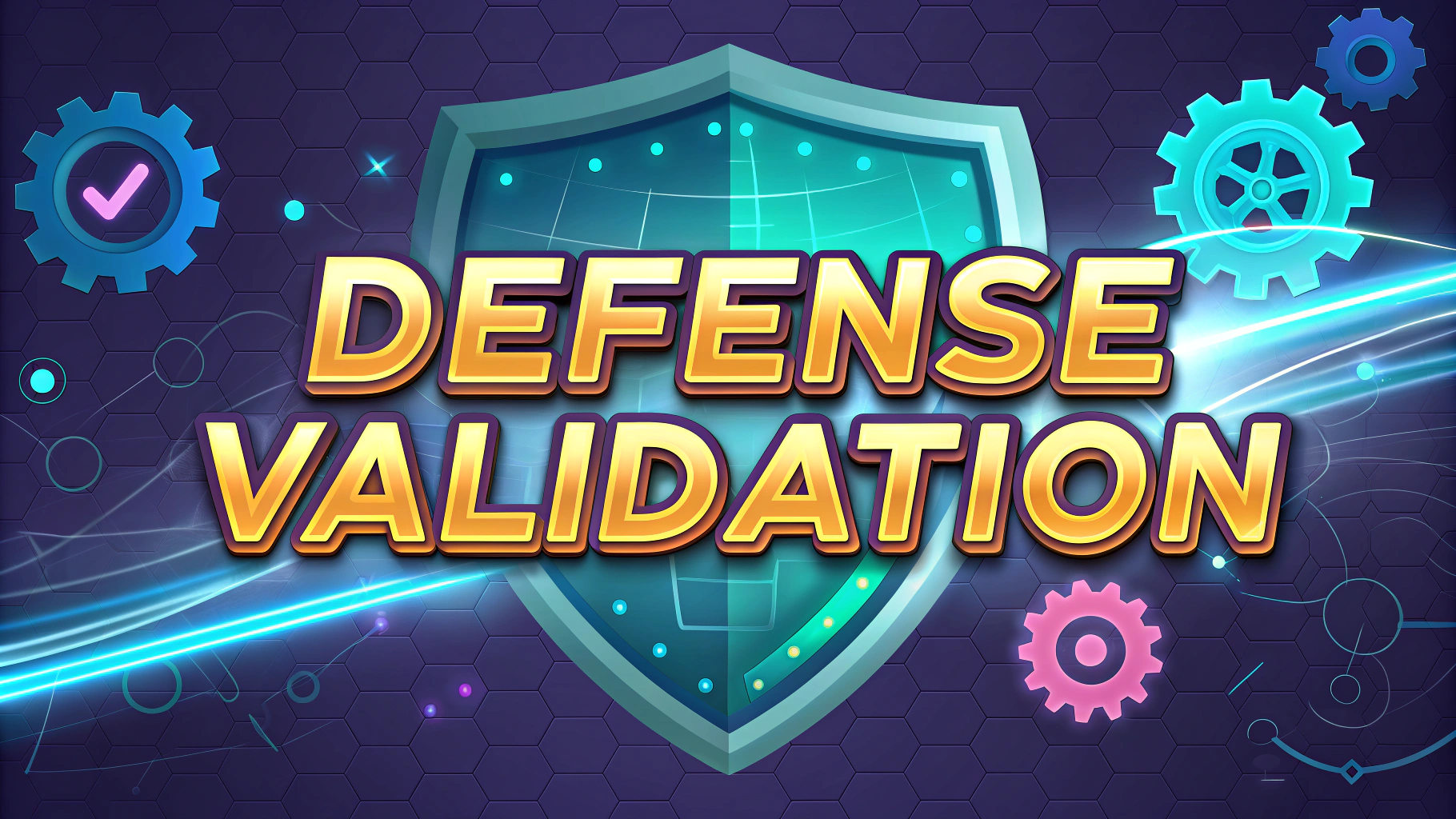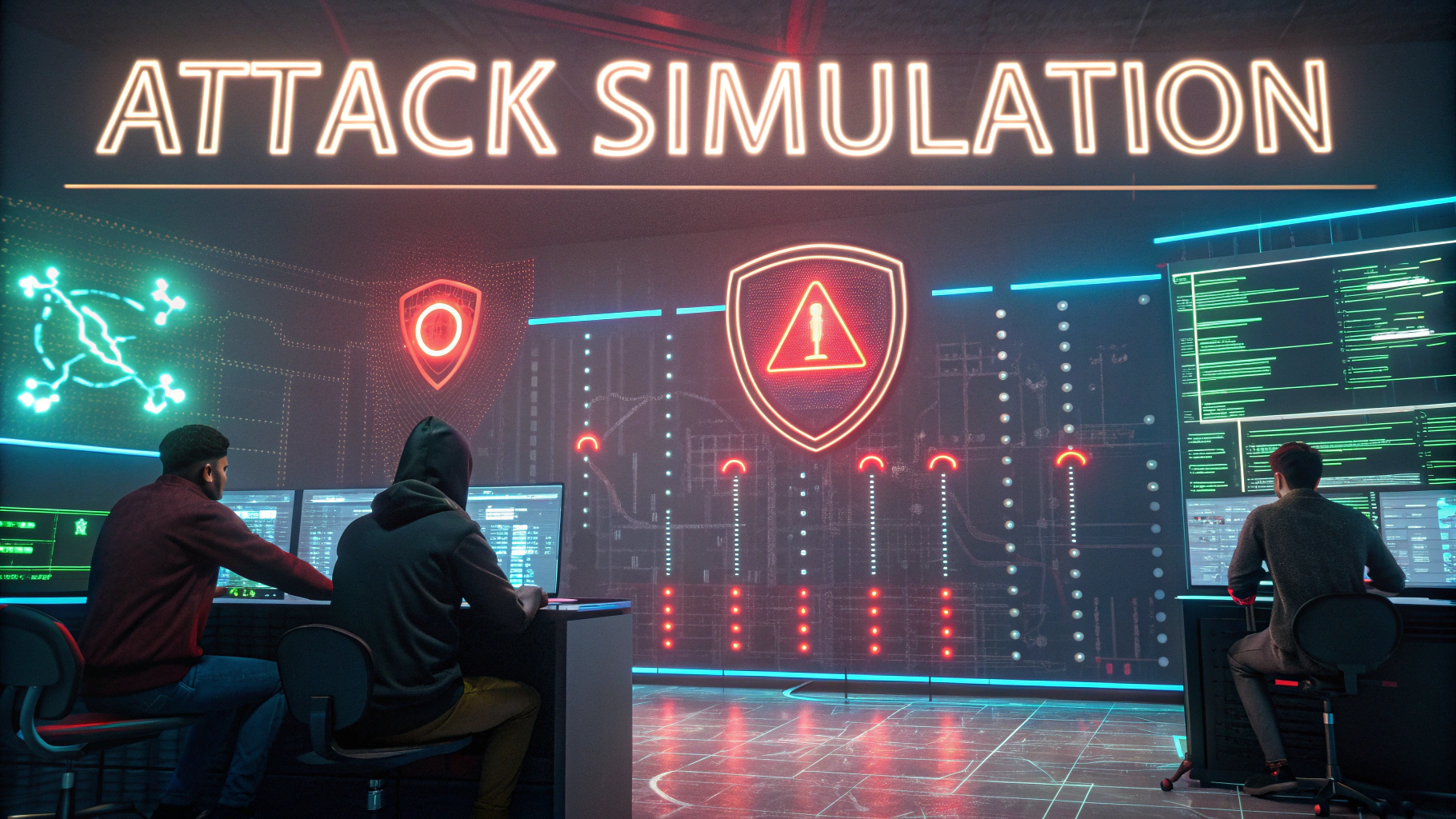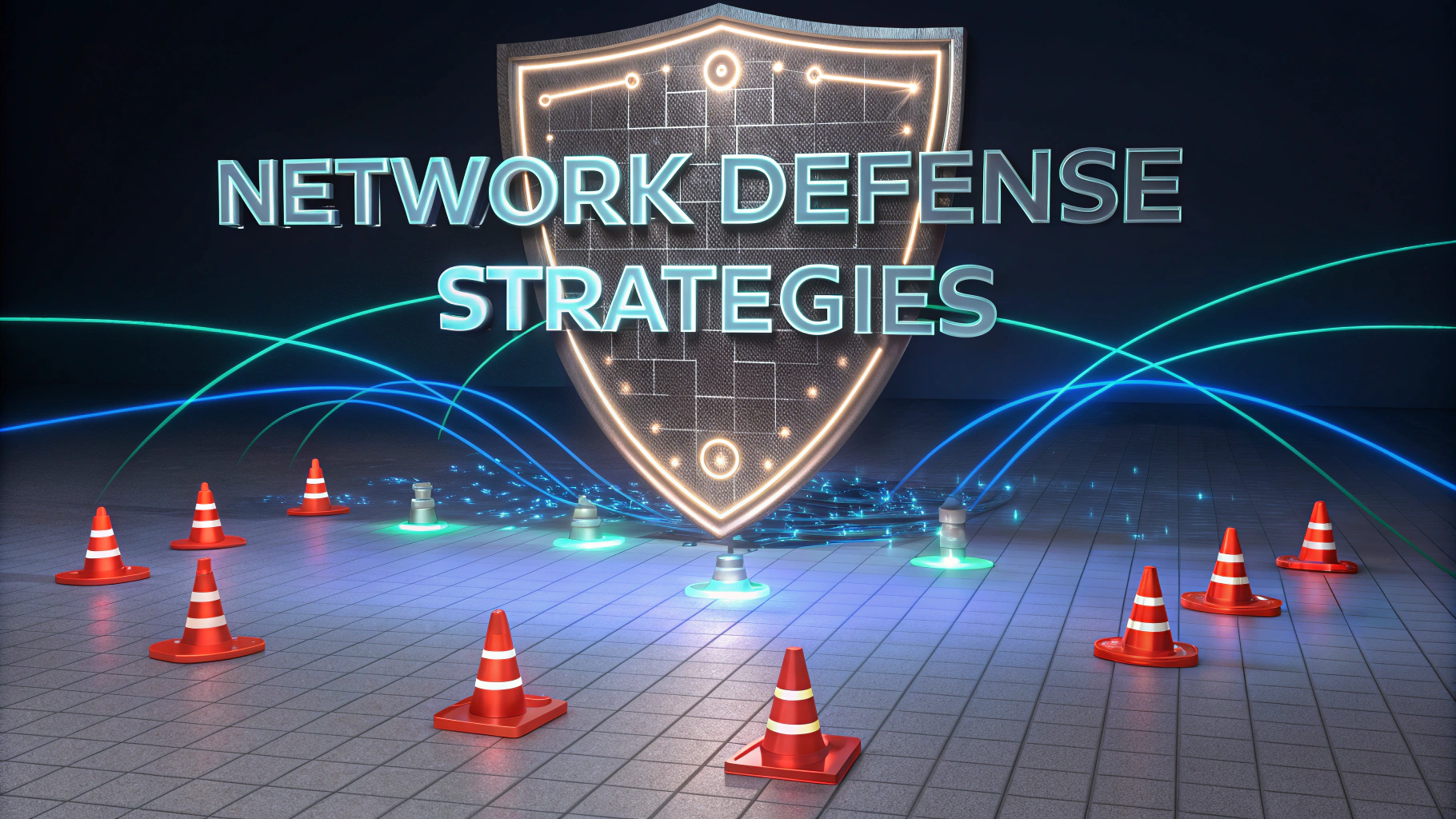Penetration testing reveals security weaknesses before malicious actors can exploit them.
Professional pentesters simulate real-world attacks to identify vulnerabilities in systems, networks, and applications.
This guide covers essential penetration testing techniques, tools, and methodologies used by security professionals.
Getting Started with Penetration Testing
A successful penetration test requires proper planning, documentation, and client authorization.
- Define clear objectives and scope
- Obtain written permission
- Document testing methodology
- Set up isolated testing environments
Core Testing Phases
| Phase | Activities |
|---|---|
| Reconnaissance | Information gathering, network mapping |
| Scanning | Vulnerability assessment, port scanning |
| Exploitation | Security breach attempts, payload delivery |
| Post-exploitation | Privilege escalation, data extraction |
| Reporting | Documentation, recommendations |
Essential Tools for Pentesters
- Nmap: Network discovery and security scanning
- Metasploit: Exploitation framework
- Wireshark: Network protocol analyzer
- Burp Suite: Web application security testing
- John the Ripper: Password cracker
Web Application Testing
Web applications require specific testing methodologies aligned with OWASP Top 10 vulnerabilities.
- SQL injection testing
- Cross-site scripting (XSS) checks
- Authentication bypass attempts
- Session management analysis
Network Infrastructure Testing
Network testing focuses on identifying misconfigurations and security gaps.
- Port scanning and enumeration
- Firewall rule testing
- Router configuration analysis
- Wireless network security assessment
Social Engineering Tests
Human factors often present significant security risks.
- Phishing simulations
- Physical security assessments
- Phone-based attacks (vishing)
- USB drop tests
Reporting and Documentation
Clear documentation helps organizations understand and address security issues.
- Executive summary for management
- Technical details for IT teams
- Risk ratings for vulnerabilities
- Remediation recommendations
Legal and Ethical Considerations
Penetration testing must comply with legal requirements and ethical guidelines.
- Obtain written authorization
- Respect testing boundaries
- Protect client data
- Follow responsible disclosure practices
Moving Forward with Security
Regular penetration testing should be part of an ongoing security strategy.
Contact certified security professionals or organizations like SANS (www.sans.org) for training and certification.
Join security communities like OWASP (owasp.org) to stay updated with latest security practices.
Advanced Testing Methodologies
Modern penetration testing requires specialized approaches for emerging technologies.
- Cloud infrastructure testing
- Container security assessment
- IoT device penetration testing
- Mobile application security
Automated vs Manual Testing
Effective penetration testing combines both automated tools and manual expertise.
- Automated scanning for known vulnerabilities
- Manual testing for complex attack chains
- Custom exploit development
- Business logic testing
Continuous Security Assessment
Modern security requires ongoing testing and validation.
- Regular vulnerability assessments
- Continuous monitoring systems
- Security metrics tracking
- Incident response drills
Building Security Resilience
Organizations must maintain robust security through comprehensive testing programs.
- Establish periodic testing schedules
- Implement security awareness training
- Update security policies regularly
- Maintain incident response plans
Strengthening Your Security Posture
Effective penetration testing forms the cornerstone of proactive security defense.
- Integrate security testing into development lifecycle
- Foster security-aware culture
- Keep testing methodologies current
- Invest in security team training
Remember to stay updated with security trends and continuously evolve testing approaches to address emerging threats.
FAQs
- What exactly is penetration testing and how does it differ from vulnerability scanning?
Penetration testing is a simulated cyber attack against computer systems to identify security vulnerabilities that could be exploited. Unlike vulnerability scanning, which only identifies potential vulnerabilities, penetration testing actively exploits weaknesses to determine the actual risk level. - What are the main types of penetration testing?
The main types include external network testing, internal network testing, web application testing, wireless network testing, social engineering testing, and physical security testing. - How long does a typical penetration test take?
A thorough penetration test typically takes between 1-3 weeks, depending on the scope, size of the infrastructure, and complexity of the systems being tested. - What qualifications should a penetration tester have?
Professional penetration testers typically hold certifications such as CEH (Certified Ethical Hacker), OSCP (Offensive Security Certified Professional), CREST, or GPEN (GIAC Penetration Tester). - What are the phases of a penetration test?
The phases include reconnaissance, scanning, vulnerability assessment, exploitation, post-exploitation, and reporting. - What common tools are used in penetration testing?
Popular tools include Nmap for network scanning, Metasploit for exploitation, Burp Suite for web application testing, Wireshark for packet analysis, and Kali Linux as an operating system. - How often should organizations conduct penetration testing?
Organizations should conduct penetration tests at least annually, or after significant infrastructure changes, new system components, or major application updates. - What’s the difference between black box, white box, and grey box penetration testing?
Black box testing provides no prior knowledge of the system to the tester, white box testing provides complete system information, and grey box testing provides partial information. - What should be included in a penetration testing report?
A comprehensive report should include an executive summary, methodology used, findings and vulnerabilities discovered, risk ratings, proof of concept, and detailed remediation recommendations. - How much does professional penetration testing cost?
Professional penetration testing costs typically range from $4,000 to $100,000, depending on the scope, complexity, and size of the environment being tested.








